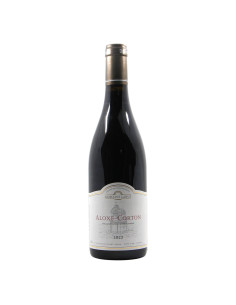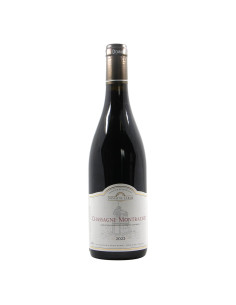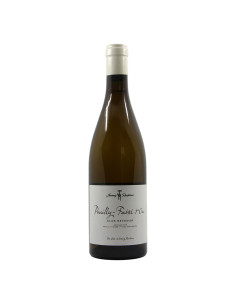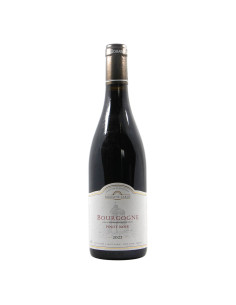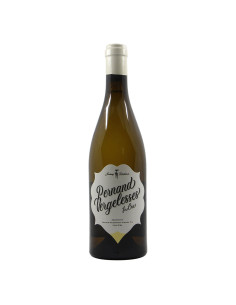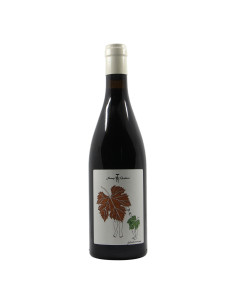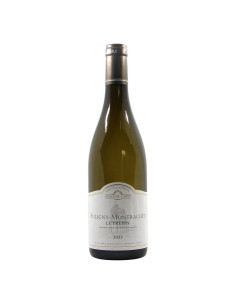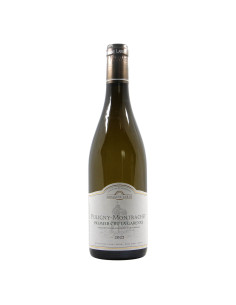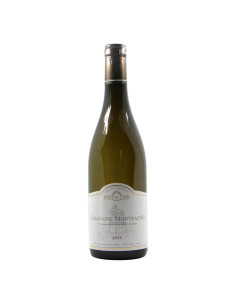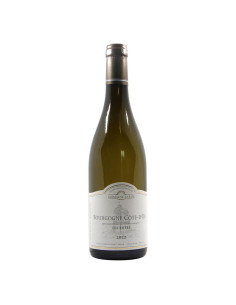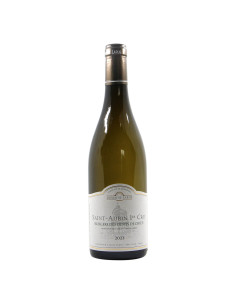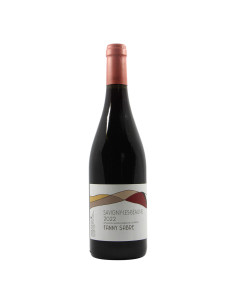Burgundy Wines
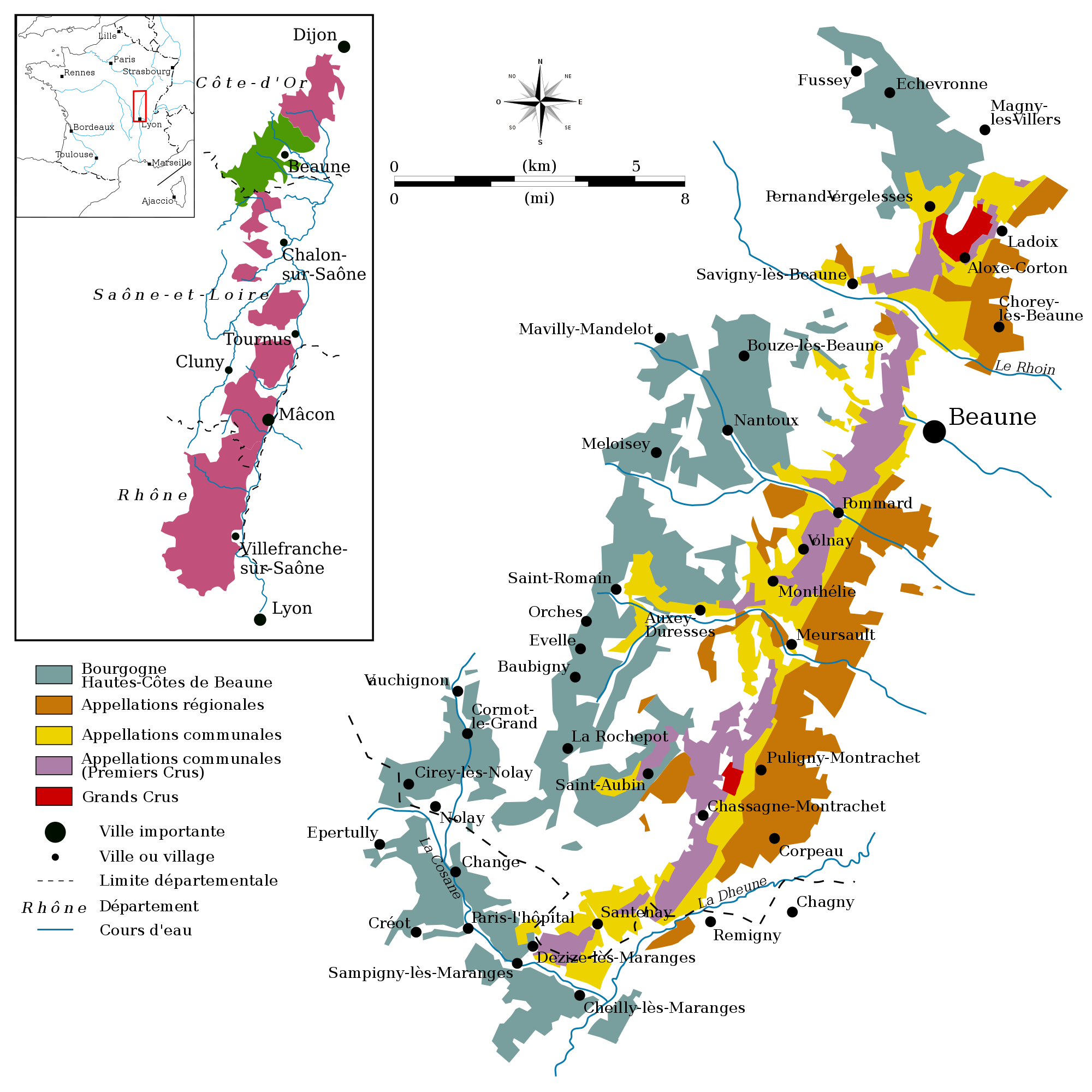 Burgundy Wines, over 27 centuries of history
Burgundy Wines, over 27 centuries of history
Burgundy wines are among the best oenological products in the world, recognized for the high quality that characterizes them and for the variety of wines that are produced despite they are based, practically, on only 2 large vineyards in particular: Burgundy Pinot Noir for Burgundy red, Chardonnay for Burgundy white wine together, sometimes, with Aligotè.
Burgundy, in French Bourgogne, is a handkerchief of land located 230 km from Paris in the Central France area consisting of 4 departments: Yonne, Cote-d'Or, Saône and Loire.
Burgundy Wines Denominations and their Legislation
The legislation regarding the denomination of Burgundy wines dates back to 1395 by Duke Philip II of Burgundy, to be finalized in 1919 with the issuing of the "Judicial Procedures for the Protection of Denominations of Origin" and arrives intact today based on the same principle of that time: the preservation and exaltation of the specific organoleptic properties that characterize the terroir of a specific municipality or climat.
From the pyramidal base to absolute excellence you have:
Burgundy Wines with Regional Denomination, or Regional Appellation which represents the basic level of Burgundy wines and shows on the label the simple appellation Bourgogne Rouge for the red Burgundy wine and Bourgogne Blanc for the white Burgundy wine.
Burgundy wines with Denominazione Comunale or Villages, whose name is taken from the village of origin of the grapes and which, in order to respect the denomination, must be produced in purity.
Burgundy Premiere Crus wines, a denomination for which the label shows, in addition to the geographical area of origin, the exact climat, i.e. a specific plot of well defined and delineated vineyard characterized by precise organoleptic and mineral properties of the territory.
Burgundy Grand Crus wines, the highest step of the qualitative scale that does not follow the principles underlying the legislation of Burgundy wines, as the Bourgogne Grand Crus are separate and in no way represent the territorial properties of the municipalities to which they belong.

